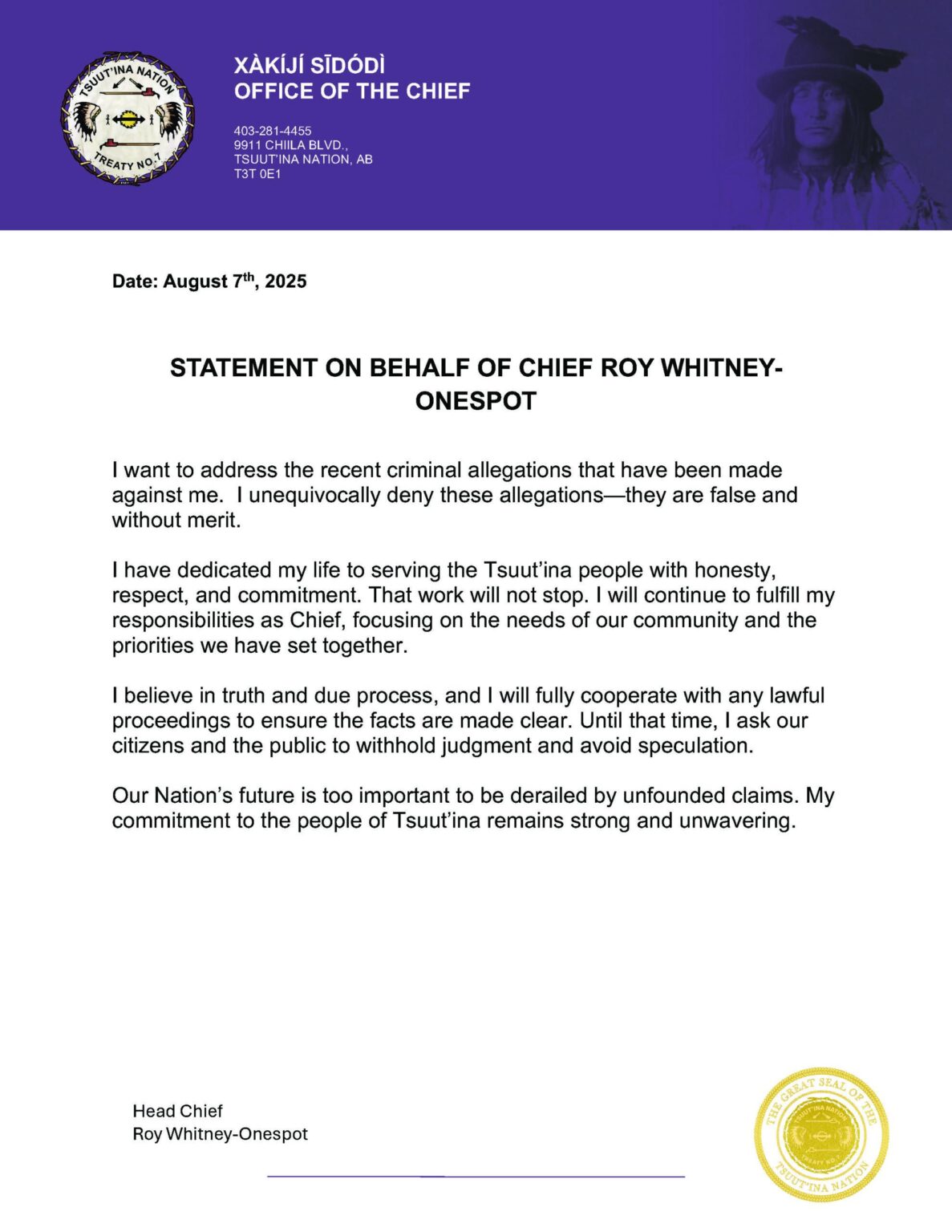Hope Rekindled: The Revival of Lion Populations in the Central African Republic
After years of scarce sightings, a lioness has recently been spotted in the Central African Republic (CAR), marking a significant milestone in the ongoing efforts to restore this iconic species. This encouraging observation underscores the unwavering commitment of conservationists and local communities working tirelessly to protect lions and rehabilitate their diminishing habitats. Despite persistent challenges such as poaching, habitat loss, and human-wildlife conflicts, this sighting offers renewed optimism that targeted conservation strategies can successfully revive lion populations. This article explores the hurdles faced by lions in CAR and highlights innovative approaches designed to secure their future.
Collaborative Conservation: A Unified Approach to Lion Recovery
The absence of confirmed lion sightings for several years had cast doubt on their survival within CAR’s borders. However, recent collaborative initiatives have sparked hope among environmental advocates and indigenous groups alike. Partnerships between non-governmental organizations (NGOs), government agencies, and local communities have focused on protecting vital ecosystems, intensifying anti-poaching measures, and fostering harmonious coexistence between humans and wildlife.
For example, newly established protected reserves combined with enhanced patrols-utilizing advanced technologies such as drone surveillance-have created safer zones where lions can thrive without fear of illegal hunting activities.[Source]
A cornerstone of these efforts is community education programs that emphasize lions’ critical role in maintaining ecological balance while also highlighting economic benefits through eco-tourism development. Key elements driving progress include:
- Deployment of technologically equipped ranger patrols enhancing anti-poaching enforcement
- Empowerment of locals via community-led wildlife monitoring initiatives
- Strategic collaborations with international conservation networks providing expertise and funding support
The gradual uptick in lion encounters across CAR’s wilderness areas suggests these integrated methods are beginning to bear fruit.
The Role of Local Communities: From Poachers to Protectors
A pivotal factor behind recent successes has been engaging former poachers as active participants in conservation efforts. Through educational workshops emphasizing lions’ importance as apex predators essential for ecosystem health, many hunters have shifted perspectives toward protection rather than exploitation.
This transformation is evident as ex-poachers now assist rangers by tracking lions using GPS collars or reporting illegal activities-actions that foster coexistence between humans and wildlife while strengthening environmental resilience.
- Informed Communities: Ongoing training sessions highlight how predator preservation supports broader biodiversity goals beyond mere species survival.
- Tougher Legal Frameworks: Stricter penalties deter unlawful hunting practices effectively reducing threats against big cats.
- Create Safe Zones: Expansion of protected areas provides sanctuaries free from human encroachment or exploitation pressures.
- Earning Incentives: Financial rewards linked directly to successful protection motivate sustained local engagement.
This grassroots-driven model culminated recently with the sighting of a lone female lion previously thought lost-a powerful symbol inspiring hope throughout Central Africa’s conservation community.
Sustaining Progress: Strategic Priorities for Long-Term Lion Conservation Across Central Africa
The road ahead requires reinforcing current frameworks while innovating adaptive solutions tailored for enduring success. Empowering communities remains paramount; when residents benefit economically from safeguarding wildlife-such as through ecotourism revenues-they develop vested interests ensuring continued stewardship over natural resources.[1]
- An Expanded Education Campaign: Broadening outreach programs that stress both ecological significance & economic advantages tied to healthy predator populations;
- Larger Protected Corridors: Scaling up reserves alongside rigorous enforcement mechanisms securing safe passageways;
- Diversified Livelihood Opportunities: Promoting alternative income sources like sustainable farming or artisan crafts linked indirectly with tourism earnings;
| Initiative | Description | Current Status |
|---|---|---|
| Community Engagement | Active involvement through education programs & incentive schemes empowering locals | Ongoing implementation |
| Habitat Restoration | Rehabilitating degraded landscapes crucial for sustaining prey populations & shelter | Planned expansion phase 2024-2026 |
| Anti-Poaching Enforcement | Enhanced ranger patrols supported by drone technology | Active deployment |
| Technology Integration | Use GPS tracking collars & remote sensing tools improving real-time monitoring capabilities | In progress |

